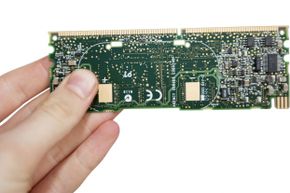Do-it-yourself (DIY) projects entwine artistry and practicality. Create your own plans. Apply your mental fortitude. Add some elbow grease, and at the end, you're left with the fruits of your own hard work and flawless planning. Well, that's the idea, anyway.
And when it comes to DIY projects, no one does it quite like nerds. You know exactly what we mean – the people who love to slave over minutia until they've perfected their projects, whether it's a homebrew computer or self-programmed smartphone app.
Advertisement
For you and your friends, we've rounded up 10 of our favorite nerdy DIY projects. Some of these will cost you some dough and require serious time to complete. Others are simple, fun, nearly free and demand only your unwavering dedication to completely nerding out.










